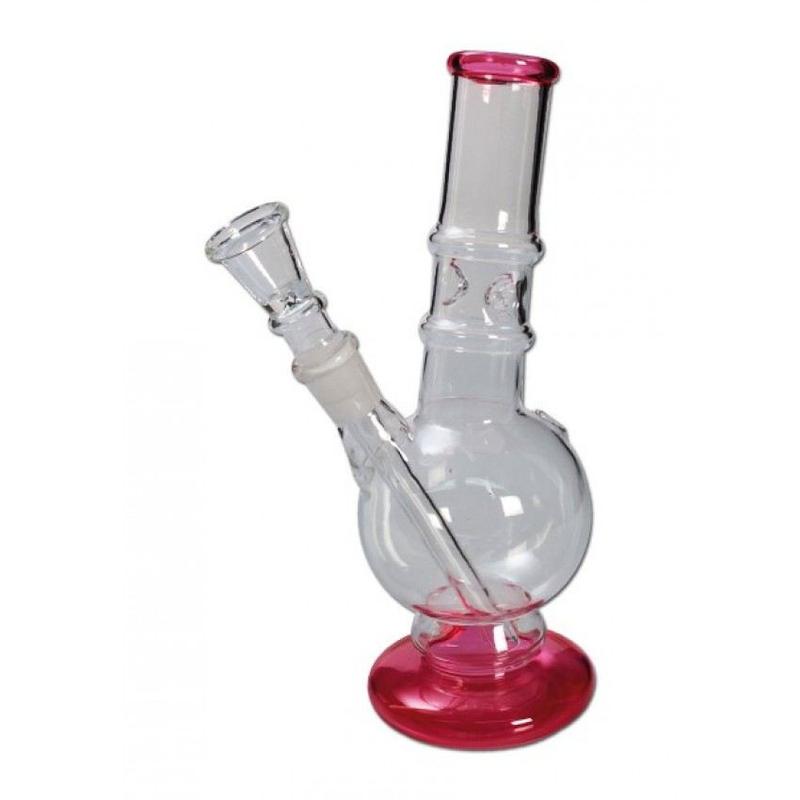Understanding How Bongs Work: A Deep Dive into Water Pipes
Introduction to Bongs
Bongs, often referred to as water pipes, are popular devices used for smoking various substances, most commonly cannabis and tobacco. Their unique design allows for a smoother smoking experience, which many users prefer over traditional smoking methods. This article aims to explore the mechanics of bongs, their history, and their benefits, providing a comprehensive understanding of how these devices work and why they have become a staple in smoking culture.
The Anatomy of a Bong
To understand how bongs work, it’s essential to first examine their anatomy. A typical bong consists of several key components: the bowl, downstem, water chamber, and mouthpiece. Each part plays a crucial role in the smoking process.
The bowl is where the substance to be smoked is placed. It is often removable, allowing users to easily pack and clean it. The downstem is a tube that connects the bowl to the water chamber. When a user inhales, the smoke travels down the downstem and into the water. The water chamber is filled with water, which serves to filter and cool the smoke before it reaches the user’s lungs. Finally, the mouthpiece is where the user inhales the smoke, completing the process.

How Bongs Filter Smoke
One of the primary reasons people use bongs is for the filtration system that water provides. When smoke passes through the water, several processes occur that enhance the smoking experience. First, the water cools the smoke, making it less harsh on the throat and lungs. This cooling effect can help prevent coughing and discomfort that often accompanies smoking.
Additionally, the water acts as a filter, trapping some of the harmful particles and toxins present in the smoke. While it is important to note that bongs do not eliminate all harmful substances, they can significantly reduce the intake of certain irritants. This filtration process is one of the key benefits of using a bong over other smoking methods, such as joints or blunts.
The Smoking Process
Using a bong involves a straightforward process. First, the user fills the bowl with their chosen substance. Next, they fill the water chamber with enough water to submerge the downstem but not so much that it spills into the bowl. Once the bong is prepared, the user lights the bowl while simultaneously inhaling through the mouthpiece. This action creates a vacuum that draws smoke through the downstem and into the water chamber.
As the smoke passes through the water, it is cooled and filtered before being inhaled. The user can take a hit, and once they have inhaled the desired amount, they release the bowl to clear the chamber, allowing the remaining smoke to be inhaled. This process can be repeated, and many users enjoy experimenting with different techniques to maximize their experience.
The History of Bongs
The use of bongs dates back centuries, with evidence suggesting that they originated in Asia, particularly in regions like China and India. Historical records indicate that water pipes were used as early as the 11th century. These early bongs were often made from materials such as bamboo and clay, showcasing the ingenuity of ancient cultures in creating devices for smoking.
As trade routes expanded and cultures interacted, the design and use of smoking pipes australia evolved. In the 20th century, bongs became increasingly popular in Western cultures, particularly during the counterculture movements of the 1960s and 1970s. Today, bongs come in various shapes, sizes, and materials, ranging from glass to acrylic, catering to a wide range of preferences among users.
The Benefits of Using Bongs
There are several benefits to using bongs compared to other smoking methods. One of the most significant advantages is the smoother hit that bongs provide. The cooling and filtering effects of the water make inhalation more comfortable, allowing users to take larger hits without experiencing the same level of throat irritation.
Moreover, bongs can be more efficient in terms of substance usage. Because the smoke is filtered and cooled, users may find that they can achieve their desired effects with smaller amounts of material. This efficiency can lead to cost savings over time, making bongs a practical choice for many users.
Cleaning and Maintenance
To ensure optimal performance, regular cleaning and maintenance of bongs are essential. Over time, residue from smoke can build up in the water chamber, downstem, and bowl, affecting the taste and quality of future sessions. Cleaning a bong typically involves emptying the water, disassembling the parts, and using a combination of hot water, isopropyl alcohol, and salt to scrub away the buildup.
Many users recommend cleaning their bongs after every few uses to maintain a fresh smoking experience. Additionally, some bongs come with removable parts that make cleaning easier, while others may require more effort. Understanding how to care for a bong is crucial for any user looking to enjoy their device for an extended period.
Conclusion

Bongs have become an integral part of smoking culture, offering a unique and enjoyable way to consume various substances. By understanding how bongs work, users can appreciate the benefits of using these devices, from the cooling and filtering effects of water to the efficiency of substance usage. As smoking trends continue to evolve, bongs remain a popular choice for many, providing a smoother and more enjoyable experience.
Whether you are a seasoned smoker or new to the world of aussie pipe, knowing how these devices function can enhance your appreciation and enjoyment of the experience. With proper care and maintenance, a bong can serve as a reliable companion for years to come, making it a worthwhile investment for any smoking enthusiast.
